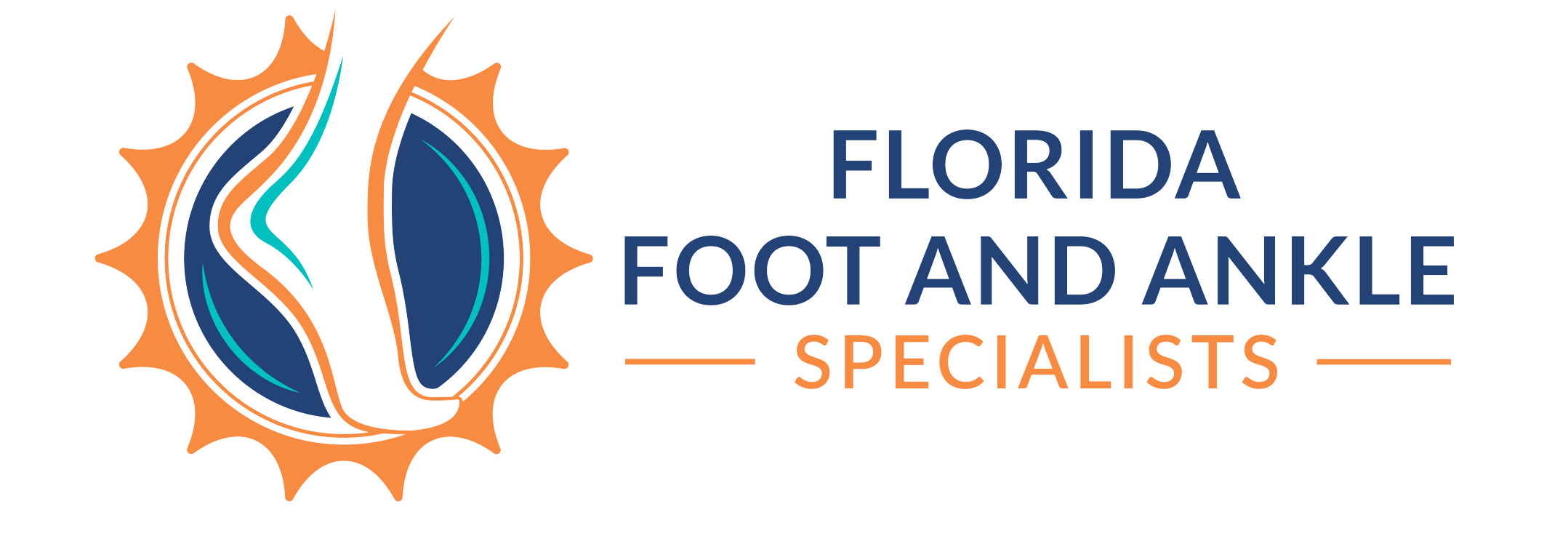
Plantar Fasciitis Specialist
Experienced Podiatrists in Bradenton, Tampa, & Sarasota
Florida Foot and Ankle Specialists are dedicated to providing exceptional Plantar Fasciitis foot and ankle care. Our board-certified podiatrist has undergone advanced fellowship training, enabling them to expertly diagnose and treat a wide range of foot, ankle, and lower leg disorders. From routine preventive care to complex reconstructive surgery, we employ the latest treatments to ensure optimal outcomes for our patients.
We offer comprehensive treatment for plantar fasciitis, one of the most common causes of heel pain. Our approach includes a variety of conservative methods such as custom orthotics, physical therapy, and more to alleviate discomfort and promote healing.
Additionally, we are proud to provide advanced Remy laser treatment, an advanced therapy that uses focused light energy to reduce inflammation and accelerate tissue repair. This non-invasive, pain-free option has shown promising results in effectively treating plantar fasciitis, helping our patients return to their active lifestyles more quickly.
We prioritize your health and offer personalized, compassionate care. Our goal is to create an environment that attentively addresses your needs, helping you return to your daily activities swiftly and with the highest quality of care. If you have any questions or concerns about your foot or ankle condition, please don’t hesitate to contact us—we are here to help!
Call Us Now at 941-241-5333
Plantar Fasciitis
Plantar Fasciitis, an all-too-common heel pain, often results from inflammation in the thick fascial band of tissue underneath your foot. This painful condition usually arises from continuous micro stress and strain leading to small tears in the fascia, setting off a repeating cycle of inflammation.
If you’ve ever experienced sharp, burning, or stabbing sensations especially during the first few steps out of bed, you may be suffering from Plantar Fasciitis. Certain foot types and conditions may be more prone to developing plantar fasciitis such as:
- Flat Feet (Pes Planus). Condition where the arch of the foot is significantly lower than usual, causing various symptoms and discomfort.
- High-Arched Feet (Pes Cavus) This is a common condition that often goes unnoticed. Arched feet may seem harmless, but they can lead to various issues and discomfort.
- Achilles Tendonitis. Patients who are on their feet for long periods of time, like to be barefooted, athletes and those whose activity may cause them to have overuse of the fascia may also be at higher risk of developing this condition.
Common Plantar Fasciitis Symptoms
Be sure to look out for common signs of plantar fasciitis that may include:
- Pain in the heel or arch area when standing or walking after prolonged sitting
- Heel pain that worsens when running, climbing stairs or during physical activity
- Painful throbbing in the heel area that is more intense after exercise
- Swelling of the bottom of the foot near the heel
Runner’s Feet, Motion Blurred runner closeup shot runner running at a fast pace background sky sunlight, low angle view
Get Back on Your Feet
Non-invasive treatments for plantar fasciitis often form the first line of action and can include rest, ice application, remy laser treatment and over-the-counter pain relievers as needed to manage symptoms. Regular stretching exercises that focus on the calf muscles and plantar fascia can help improve flexibility and reduce pain.
Additionally, wearing supportive shoes or orthotic inserts can help distribute pressure evenly when you move your feet, reducing strain on the plantar fascia. In some cases, physical therapy may be recommended to strengthen muscles and improve biomechanics. Many cases of plantar fasciitis can be eased through non-surgical conservative treatment measures.
But what if these measures aren’t enough? At times, an intervention could be your best option. Our specialists can evaluate your feet to help determine the cause of your fasciitis and ensure that there are not any other underlying factors contributing to your pain.
Minimally Invasive, Maximum Relief for Plantar Fasciitis
Surgery is rarely used in the treatment of plantar fasciitis and is usually only considered as a last resort when all other treatments have failed.
It’s important to note that recovery from plantar fasciitis can be a slow, gradual process that needs to be managed carefully. Regular stretching and exercises should be followed even after symptoms have improved in order to prevent recurrence.
Lastly, it’s important to wear shoes with good cushioning and arch support when engaging in high-impact activities such as running or sports. This will help reduce the stress on the plantar fascia and prevent flare-ups of pain.
Our specialists utilize a unique, minimally invasive procedure that lets you get back on your feet the very same day. Return to action faster and break free from the cycle of inflammation and pain.
Book Your Consultation Today
Don’t let plantar fasciitis keep you off your feet. Given the chronic and painful nature of plantar fasciitis, it’s important to seek medical advice as soon as possible in order to get an accurate diagnosis.
Reach out to our specialists today for a comprehensive evaluation and a treatment plan tailored for you. Get back to doing the things you love, and finally conquer your plantar fasciitis pain.
This site does not contain or provide medical/health advice. The medical/health information is provided for general information and educational purposes only and is not a substitute for professional advice. Accordingly, before taking any actions based upon such information, we encourage you to consult with the appropriate professionals. The use or reliance of any information contained on this site is solely at your own risk.

